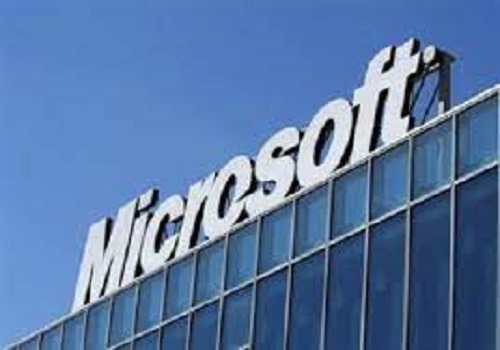South Korea aims $120 bn worth chip export as India joins global semiconductor map
Follow us Now on Telegram ! Get daily 10 - 12 important updates on Business, Finance and Investment. Join our Telegram Channel
South Korea will proactively support the semiconductor industry, and accelerate the development of high-bandwidth memory and artificial intelligence chips to achieve the annual export target of $120 billion, said Industry Minister Ahn Duk-geun on Thursday.
“The government will support the timely establishment of related infrastructure, secure competitive technologies, promote exports, and strengthen the ecosystem of materials, parts, equipment and fabless sectors," Ahn said during his visit to SK hynix's semiconductor cluster construction site, reports Yonhap news agency.
The move comes at a time when India has embarked on an ambitious semiconductor journey, with massive investments pouring in. About $26 billion worth investment proposals are currently with the Indian government for semiconductor manufacturing in the country, according to industry sources.
More than $18 billion worth proposals have already been cleared by the government, which includes three new semiconductor fabrication (fab) manufacturing projects worth Rs 1.25 lakh crore.
Meanwhile, SK hynix is currently seeking to build four units of fabrication plants at the site with a budget of 120 trillion won ($89.5 billion) by 2046, with the groundbreaking of the first unit set to start in the first quarter of 2025.
The company plans to mainly produce DRAM and NAND flash memory chips at the cluster, which will become its flagship production hub.
During the visit, Ahn said the government plans to come up with a comprehensive strategy to have South Korean businesses take the lead in the artificial intelligence sector.
In line with these efforts, the ministry plans to launch a new department dedicated to supporting the development of the cluster, along with comprehensive support measures within this month.
The government will establish plans to enhance the competitive edge of chip equipment within the first half of the year, he added.
South Korea's chip exports have been showing signs of recovery, jumping 66.7 per cent on-year to $9.94 billion in February. It marked the fourth consecutive month of growth and the sharpest increase since the 69.6 per cent rise tallied in October 2017.












 320-x-100_uti_gold.jpg" alt="Advertisement">
320-x-100_uti_gold.jpg" alt="Advertisement">












